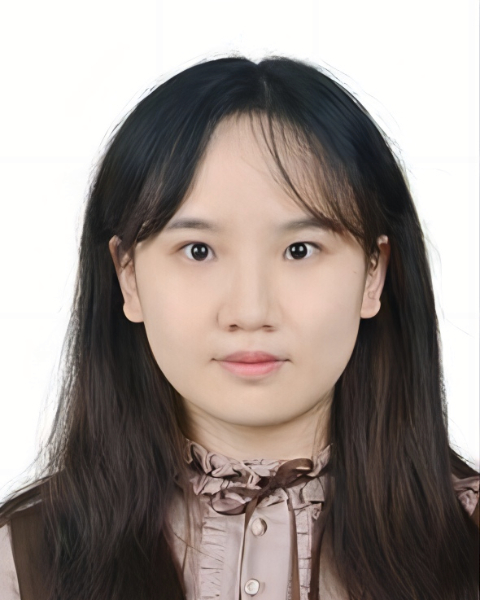139 - Longitudinal Dynamic MRI Radiomic Models for Early Prediction of Prognosis in Locally Advanced Cervical Cancer Treated with Concurrent Chemoradiotherapy

Chang Cai, BS
Shanghai, Shanghai
Presenter(s)
Purpose/Objective(s): To investigate the early prediction value of dynamic magnetic resonance imaging (MRI)-based radiomics acquired at baseline and during treatment for progression and prognosis in locally advanced cervical cancer (LACC) patients treated with concurrent chemoradiotherapy (CCRT).
Materials/
Methods: A total of 111 LACC patients (FIGO 2018 stages ?A- IVA) who received CCRT followed by brachytherapy between March 2017 and December 2021 were retrospectively enrolled in this study. The dynamic MRI images were acquired at baseline (MRIpre) before brachytherapy delivered (MRIpost) and at each follow-up visit. Clinical characteristics, 2-year progression-free survival (PFS), and 2-year overall survival (OS) were recorded during follow-up. To build the prognostic model, 88 patients were randomly divided into a training set, and the rest 23 patients reserved for the test set. The least absolute shrinkage and selection operator (LASSO) method was applied to extract features from MRI images as well as from clinical characteristics. Vector Machine (SVM) model was trained using 5-Fold cross-validation on the training set and then evaluated on the test set.
Results: The median follow-up was 4.3 years (IQR:3.1-5.0), 2-year PFS was 73.9%, and 2-year OS was 82.9%. A total of 842 radiomics features were extracted from both original and wavelet-filtered images. Multi-sequence models using T1 contrast and DWI-sequence MRI exhibited superior performance, achieving higher AUC scores on the test set compared to single-sequence models (Table). Models built by the radiomics features from MRIpre, MRIpost and the?MRI (variations in radiomics features from MRIpre and MRIpost) achieves AUC scores of 0.723,0.750 and 0.759 for 2-year PFS, and 0.711,0.737 and 0.716 for 2-year OS on the test set. When combined with the clinical characteristics, the predictive model using?MRI features achieved higher AUC scores than MRIpre or MRIpost model, with AUC of 0.812 for the progression and 0.816 for the survival.
Conclusion: In this study, we built machine learning models from dynamic features in longitudinal images, finding the models using variations in radiomics features (?MRI) from multi-sequence MRI images hold significant promise for predicting the prognosis of LACC patients. The integrated models with clinical characteristics further enhanced the predictive performance. Abstract 139 – Table 1: AUC score on test set
|
| 2-year PFS | 2-year OS | ||||||
|
|
DWI |
T1C | Multi-sequence | Combined with clinical characteristics |
DWI |
T1C | Multi-sequence | Combined with clinical characteristics |
| MRIpre | 0.616 | 0.643 | 0.723 | 0.768 | 0.618 | 0.632 | 0.711 | 0.737 |
| MRIpost | 0.723 | 0.625 | 0.750 | 0.777 | 0.684 | 0.697 | 0.737 | 0.724 |
| ?MRI | 0.696 | 0.714 | 0.759 | 0.812 | 0.750 | 0.711 | 0.716 | 0.816 |
|
|
| |||||||
